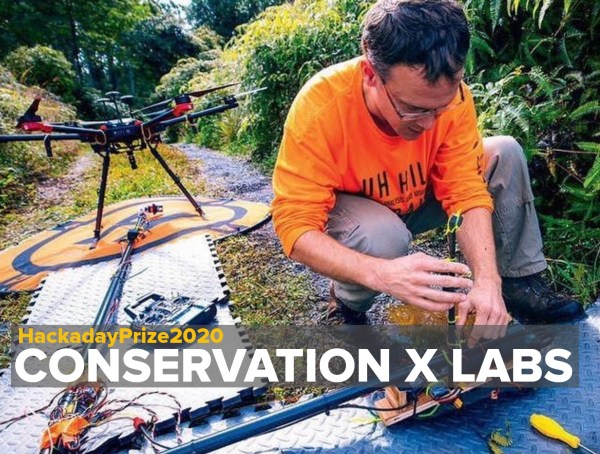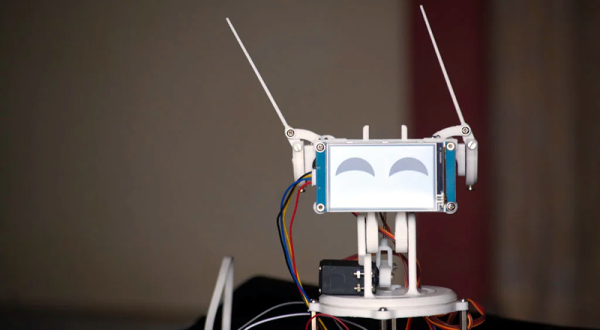When most people think of extinct species, they likely imagine prehistoric creatures such as dinosaurs or woolly mammoths. Extinction is something you read about in history books, nature’s way of removing contestants in the great game of life. It’s a product of a cruel and savage world, and outside of a few remaining fringe cases, something that humanity’s advanced technology has put a stop to.
 Unfortunately, the truth is far more complicated than that. The planet is currently going through its sixth major extinction event, and this time, it’s our fault. Humanity might not be willfully destroying the natural habitats of the plants, fish, birds, and other lifeforms that have been eradicated, but we’re responsible for it just the same. Humans are an apex predator unlike any the world has ever seen before, and the only force that can stop us is ourselves.
Unfortunately, the truth is far more complicated than that. The planet is currently going through its sixth major extinction event, and this time, it’s our fault. Humanity might not be willfully destroying the natural habitats of the plants, fish, birds, and other lifeforms that have been eradicated, but we’re responsible for it just the same. Humans are an apex predator unlike any the world has ever seen before, and the only force that can stop us is ourselves.
Founded in 2015, Conservation X Labs is devoted to doing everything it can to end this sixth wave of extinction. Unsatisfied with the pace of traditional conservation, they leverage technology and open innovation to develop unique new ways of combating the damage our species has done to life on this planet. After all, it’s the only one we’ve got.
We’ve partnered with this organization to help develop solutions to some of these problems. This includes an open call challenge that anyone can enter, and a Dream Team program that you can get involved with if you act quickly. Let’s take a look at what Conservation X Labs is all about, and what is involved with the challenges at hand.



















